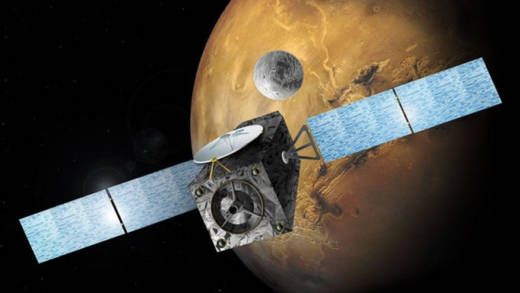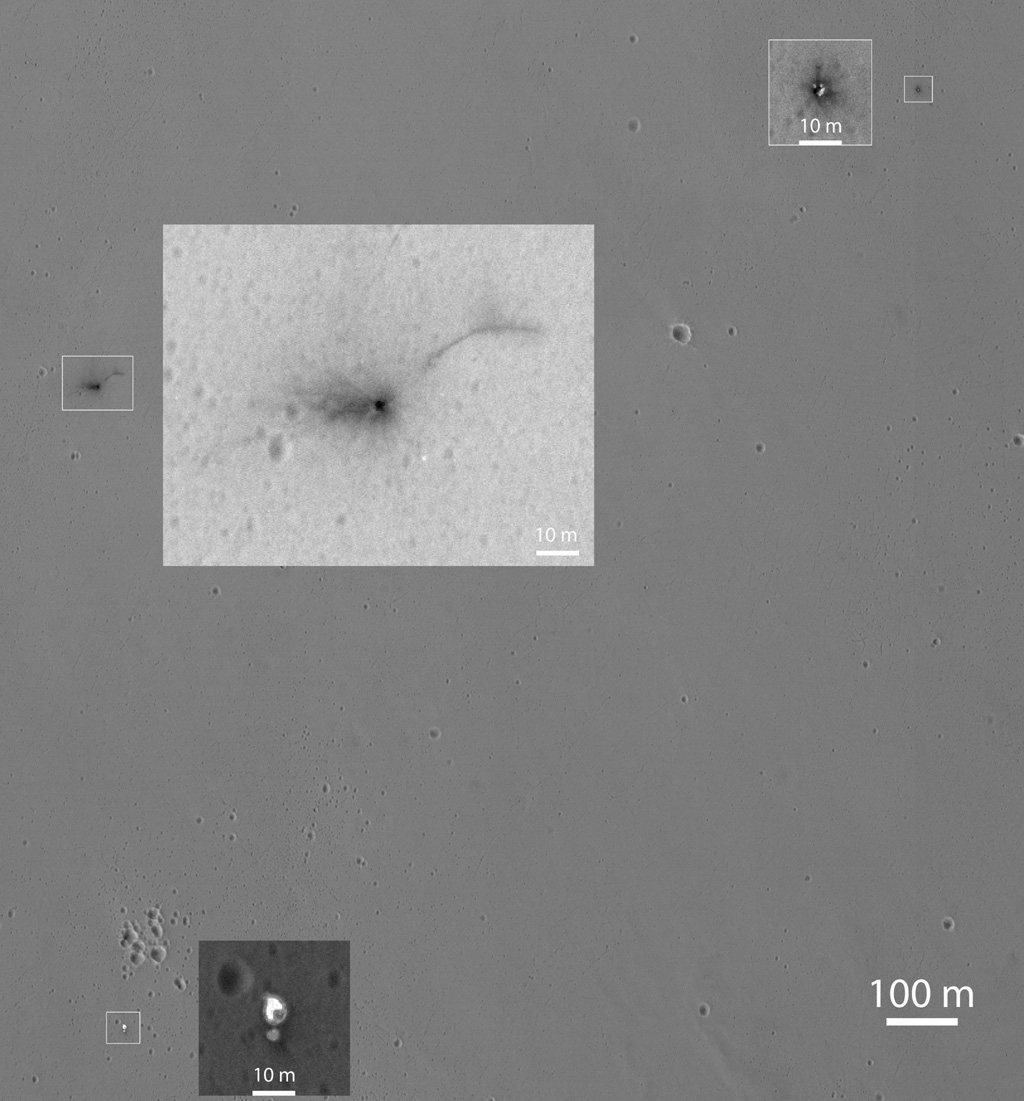On October 19, Europe’s Schiaparelli Mars landing mission culminated in an unexpected failure. According to images captured from orbit by NASA’s Mars Reconnaissance Orbiter, it ended in a spectacular crash-landing and possible explosion. But despite the landing not going according to plan, there is reason to count Schiaparelli’s mission as a partial success.
On the Mars-exploration side, since Schiaparelli did not deliver its small suite of scientific instruments safely to Mars’ surface, no Mars-related science was accomplished. These instruments were designed to function for a few days, taking measurements of the landing site in the dry sea-bed of the planet’s Meridiani Planum—but this was not the primary purpose of the mission.
The Schiaparelli lander is part of the European Space Agency’s bigger “ExoMars” program that’s aimed at searching for signs of life on Mars. Schiaparelli’s main purpose was to test landing systems technology in preparation for a future mission, the ExoMars 2020 rover, slated for launch in 2020.
Data collected during Schiaparelli’s descent before communications failed a minute prior to the planned landing will provide valuable engineering data toward improving the ExoMars 2020 rover’s landing systems. A successful landing would have been great of course, but we often learn more from our mistakes than our successes. The hope is that analysis of the data collected during descent may actually increase the 2020 rover’s chances of a successful landing.

Schiaparelli was dropped from the Trace Gas Orbiter spacecraft. The pair are the first of the series of missions in the ExoMars program, a partnership between the European Space Agency and the Russian Roscosmos State Corporation for Space Activities.

